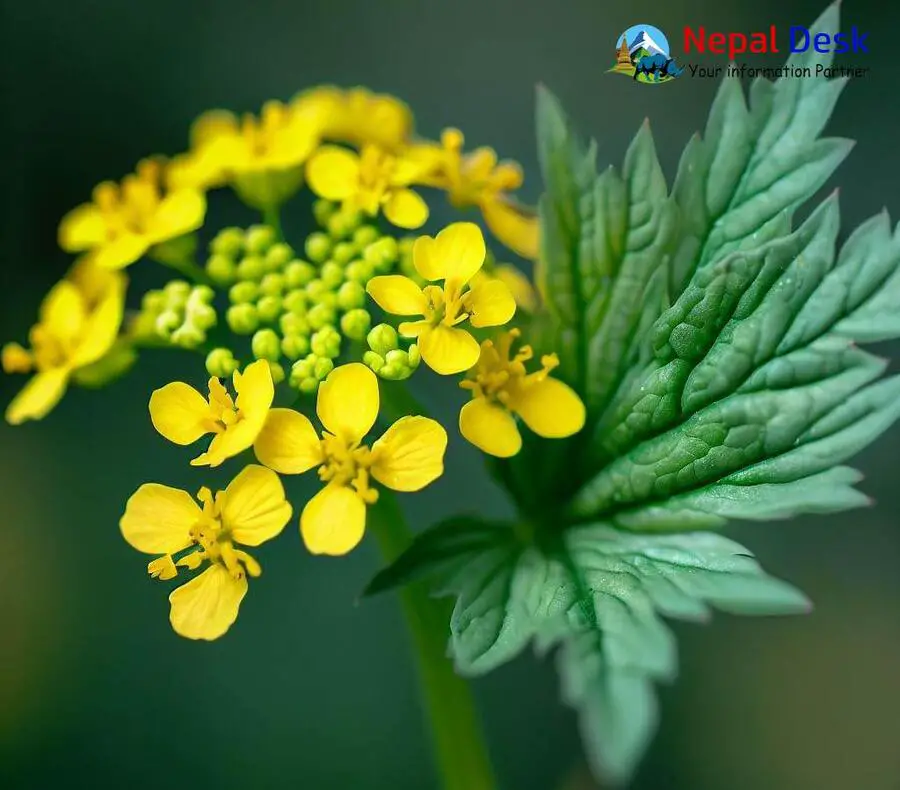
Wild parsnip, also known as Pastinaca sativa, is a type of plant that can be found in various parts of the world, including North America, Europe, and Asia. In Nepal, it is also known as "Ghidaghar" and is found in high-altitude regions. Wild parsnip is a member of the carrot family and has yellow flowers that bloom in the summer months.
While wild parsnip may look similar to its edible cousin, the cultivated parsnip, it is important to note that it can cause skin irritation and burns. The sap of the plant contains a chemical called psoralen, which can cause skin to become sensitive to sunlight. When the affected skin is exposed to sunlight, it can cause blisters, rashes, and burns that can take several weeks to heal.
Tourists visiting the forests in Nepal should be cautious around wild parsnips and avoid contact with the plant. If contact does occur, the affected area should be washed immediately with soap and water, and covered to protect it from sunlight. It is also important to seek medical attention if any symptoms of skin irritation or burns develop.
